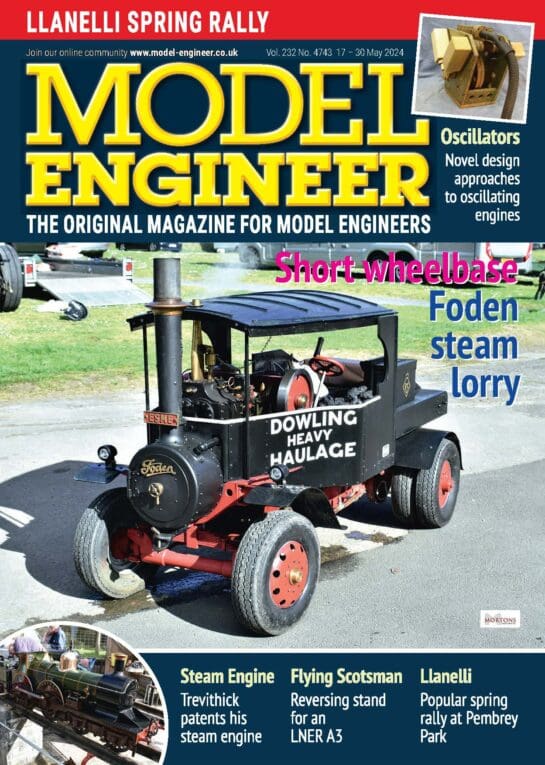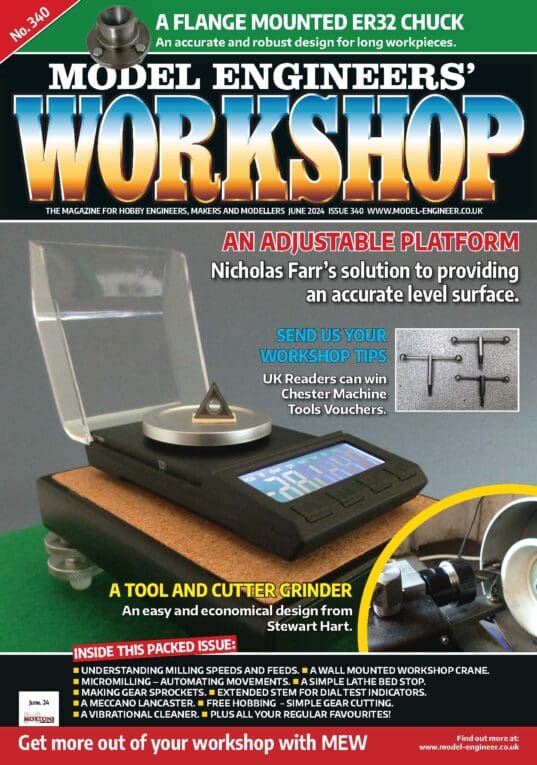Wherever possible, particularly with small diametr stock, I use a Tailstock sliding Die or Tap holder.
The small amount of [play between the arbor and the holders allow the Tap ot Die to self align, so that the Tap or Die follow the work, to avoid drunken threads, from trying to align it.
Sliding Tap holder? In its simplest form, a drill chuck with adequate sliding clearnce on the arbor. A more sophisticated version has a body to take ER collets.
In both cases the grip is sufficiently weak that when the going gets tough, the tap slips in the chuck or collet, avoiding breakage, so that the hole can be finished with a Tap Wrench, by hand to “feel” what is going on.
The lathe should already have provided enough alignment to kep things on the straight and narrow.
In many cases, a centre in the Tailstock will support and guide the Tap, and reduce the risk mof bending, or a broken Tap in a scrap workpoece.
For Taps with pointed ends, a recessed centre (Centre drilling) in a bit of bar, (Ideally a MT arbor -The one carrying the holder?) can provide the supprt and guidance needed.
Howard
 Hopper.
Hopper.



